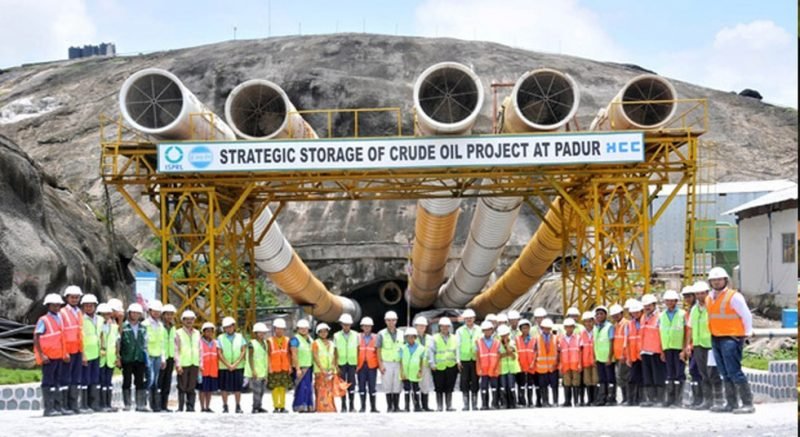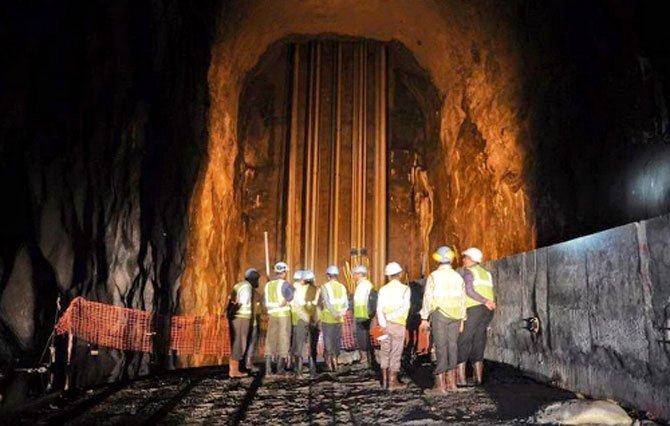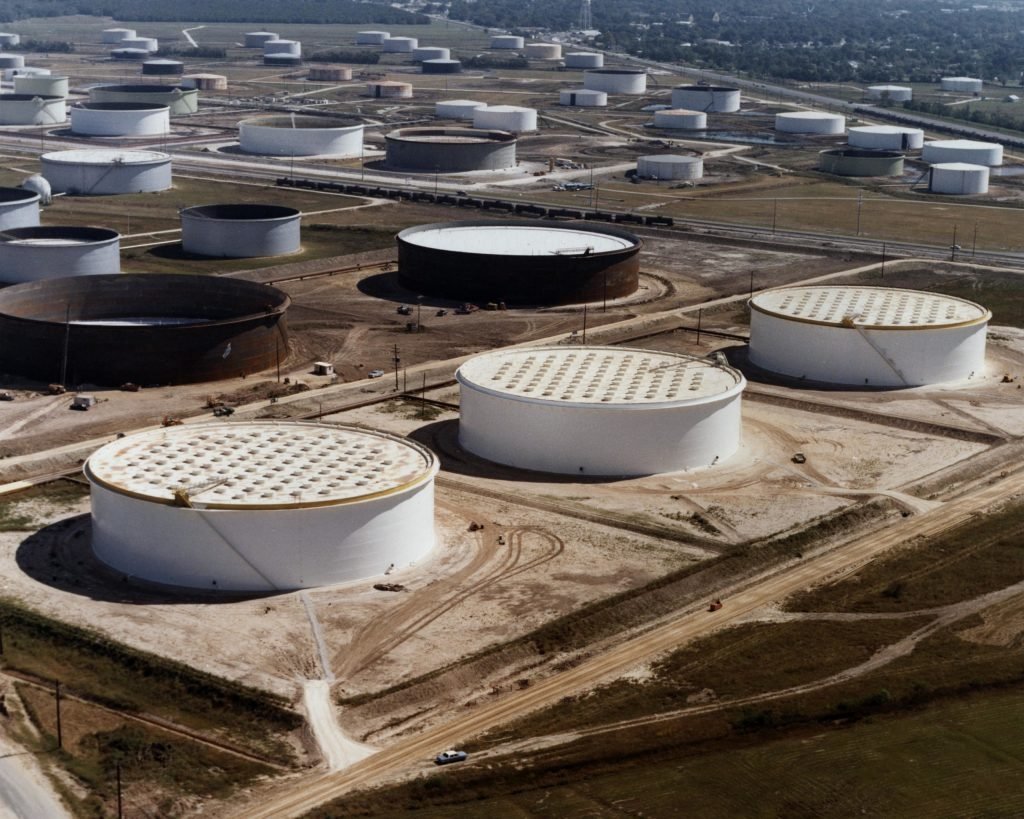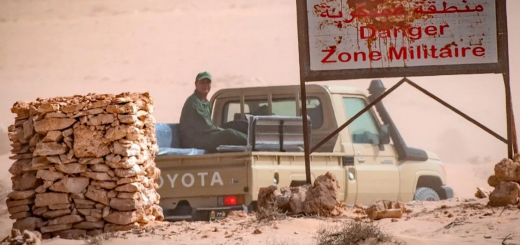Strategic Petroleum Reserves and Its Significance

What is Strategic Petroleum Reserves (SPR)
GSPRs are reserves of raw petroleum kept up by nations or private enterprises as a fence against potential future energy emergencies. They are a line of defence against any potential drop in oil output, including physical or economic acts that interrupt any element of the production process, from discovery to refining. Strategic Reserves don’t get tallied among a nation’s or company’s demonstrated oil saves, as demonstrated saves must be accessible for generation by definition.
The price of a product is decided by the demand-supply relationship in this age of globalisation. Because of the interrelated nature of worldwide oil markets, disturbances in one location are likely to have an impact on prices over a much larger geographic area. In case of a significant disturbance because of political or catastrophic event, nations holding stores could expand the accessible stock of oil by delivering some part of their stores. The increased supply would help to mitigate the price rises brought on by the disaster.
U.S.A was the first to create such a reserve in 1973 in response to the oil crises caused by Arab oil embargo which had many short- and long-term effects on global politics and the global economy.
SPR In India
The country is the world’s third-largest oil importer and consumer, importing 84 percent of its crude requirements and primarily reliant on the Middle East with major crude oil imports coming from Iraq, USA, Nigeria, Saudi Arabia and UAE. Although the country hopes to reduce that to 67 percent by 2022 by replacing it with domestic exploration, renewable energy, and homegrown ethanol fuel, the importing of crude oil is a big strategic danger that will drain a castled economy’s finances and widen its current account deficit.
In 1998, the Atal Bihari Vajpayee government proposed the concept of a strategic petroleum reserve to address the nation’s energy security.
But the real work in this prospect started in the Manmohan Singh Government in 2005. He had seen the need for these oil reserves during the Gulf War. India was in the midst of a catastrophic energy crisis in 1990, as the Gulf War swept West Asia. According to all reports, India’s reserves at the time were only sufficient for three days. While India was able to avoid a crisis at the time, the prospect of energy interruption remains a genuine issue today. Three strategic reserves were created in his Government
- Visakhapatnam (Andhra Pradesh) with the capacity of 10 Million Barrels (MB).
- Mangalore (Karnataka) with the capacity of 11 MB.
- Padur (Karnataka) with the capacity of 18 MB.
So at present India has a total SPR of 39 MB.
The Narendra Modi Government announced the creation of 2 new of these reserves:
- Padur (Karnataka) Phase 2 with the capacity of 15 MB.
- Chandikhol (Odisha) with the capacity of 27 MB.
After the completion of these reserves India’s SPR will have a total capacity of 78 MB.

Comparison with Other Countries
| Country | Per Day Consumption(approx)* | S.P.R (Store in Million Barrel) | Time |
| USA | 19 MB | 727 MB | 38 days |
| China | 14 MB | 475 MB | 34 days |
| Japan | 4 MB | 324 MB | 81 days |
| India | 4.5 MB | 39 MB | 9 days |
*U.S. Energy Information Administration (E.I.A.)
SPR given in the table only refers to the reserve owned and controlled by the government and does not include the industrial stock maintained by the refiners to meet the demands of the market. Indian refiners also maintain crude oil storage (industrial stock) of 65 days.
Converting Million Barrels(MB) into Crore litre: 4.5 MB= 45 Lakh Barrels= 71.5 Cr Litre
So, India’s per day oil consumption is 71.5 Crore Litre(approx.) To put it in simple words and in an economic prospective if in the global market there is a hike in the oil prices by Rs. 1, India will suffers a loss of Rs. 71.5 Cr and vice-versa.
How India Missed a Golden Opportunity
The above stats show us the big impact of the oil prices on the Indian economy and we all know how volatile the oil prices are in the global market. Let’s take a look into it with the help of an example.
In 2008 the oil prices were at an all-time high of 99 $/barrel because of the oil shock of 2007-08. While in the recent years, the average price of oil in the global market is 65$/barrel or 28 Rs/litre (Taking 1$= 70 Rs.). But in the summer of 2020 the oil prices went down to 40 $/barrel or 18 Rs/litre, the reason being less demand of petroleum in the world owing to lockdowns in major part of the world due to the covid-19 pandemic. So, there was a difference of 10Rs/litre between the average price and the price of oil in 2020.
Let’s have a look at the amount of money India could have saved: Per day consumption= 71.5 Cr. Litre, Savings due to descend of oil prices= 10 Rs./ Litre
Thus per day saving= 71.5Cr.*10 Rs= Rs. 715 Crore
And savings in a year= 715Cr.*365= r=Rs. 260975 Crore or US$ 37.28 Billion
Can you imagine a whooping US$ 37.28 Billion which is roughly equal to 7.5% of India’s annual budget of 2021, but India was not able to take advantage of this situation due to a scarcity of crude oil storage space. Although India did fill up its SPR storage but it has the capacity for only 9.5 days. These types of storage facilities will provide the country with cushion against the country’s current account deficit and help cool inflation. Not only this saved money could have been used in other sectors but would also help to lower the oil prices in the country which are at an all time high at present with petrol and diesel selling at over Rs. 100/litre. As already explained above the average price at which the Indian Government buys petroleum is Rs. 28/litre, refining costs around Rs.40/litre which makes the overall price around Rs. 70/litre, yet the government puts heavy tax on petrol and diesel resulting in such high prices Oil taxes are one of the government’s most important sources of revenue. If India had been able to fully exploit the scenario, the strain on the ordinary man’s finances as a result of the ever-increasing oil costs would have been alleviated, because as we all know, oil prices affect many sectors, including transportation and common consumer goods. Oil is a very important commodity and it is required to meet domestic fuel needs. An increase in the price of crudeoil means that would increase the cost of producing goods. This pricerise would finally be passed on to consumers resulting in inflation. So, a country with such high oil prices suffers from inflation and a reduced growth in the economy.

Conclusion
One of the biggest advantages of SPR will be a relaxation in our heavy dependence on West Asia for crude oil. Our country does not produce a lot of petroleum and we import 84% of our petroleum from other countries majorly countries in the middle East like Iraq, UAE, Saudi Arabia, Iran, etc. Having large petroleum reserves will provide us with energy security. Also sometimes India is not able to voice its opinion in global issues related to the Middle East because of the sole reason that they are the major exporter of crude oil to India and India cannot risk a blockage in the oil trade. These kinds of storages will also help India in cases of war. Any country at war with India can block the oil trade routes of India giving a big blow to it. One of the most important resources which not only acts as a fuel for many military aircrafts, helicopters and vehicles but a major element in big Industries will be barred which will not only affect the operations in the war but will also have a big blow on the country’s economy which might already be suffering from the affects of the war, thus, putting the country in a compromised position
It is unlikely that the energy needs of a developing country likely India will move away from fossil fuels in the near future. With over 80% of the country’s oil need being fulfilled by other nations, it not only poses a great threat to the energy security of the country but also acts as a great expenditure to the economy. So, it can be said that Strategic Petroleum Reserves are an essential need for a country like India and it should work in the direction to rapidly improve its SPR stores for serving as a cushion during any external supply disruptions.



















